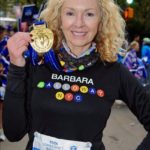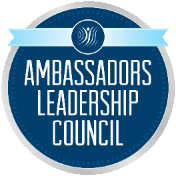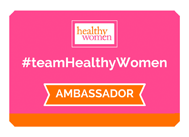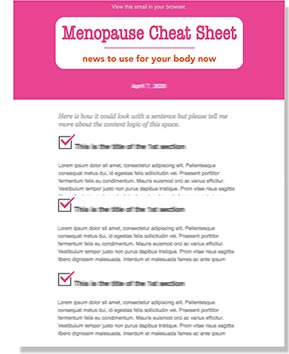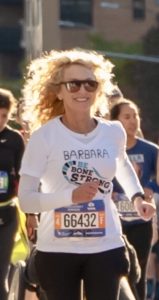
I started running shortly before turning 50 as a way to combat the loss of density that was inevitably happening to my bones as I went through menopause and lost estrogen.
My first bone density test, which I had around age 50 after I fell and broke my wrist, showed that I was in the ‘low bone density’ range. Not good. Why? Because ‘low bone density’ is the first stop before ‘full blown osteoporosis’.
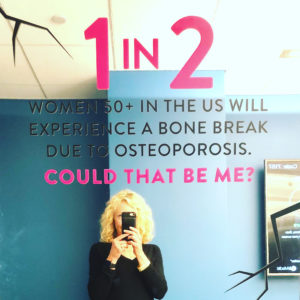
After a heart-to-heart with my doctor, there were two options laid out for me: keep doing what I was doing (nothing) and face osteoporosis; or, create my own ‘Personal Bone Health Plan’ and harness a few simple habits — like exercise, strength-training, and eating calcium rich foods — to stop the bone loss in its tracks.
Guess which path I took?
So, now running is a regular healthy habit and at age 62, my bones are strong enough to carry me through my 7th New York City Marathon in less than two weeks.
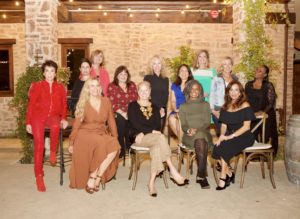
In an effort to get us to focus on the health of our bones for life, I was invited to attend the “Aging
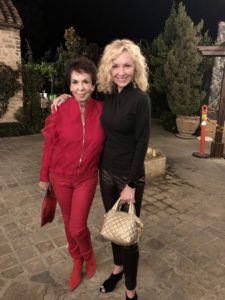
Differently Osteoporosis Influencer Summit” (hosted by Amgen) last fall, which convened women who blog about health and wellness (and even style) in order to give them the tools they need to help spread the message of bone health for life to their audiences. I was honored to serve as “Mistress of Ceremonies” at the event.
Here are some of the surprising facts about osteoporosis (source: National Osteoporosis Foundation, where I serve as a trustee and Bone Health Ambassador) our attendees learned during the summit:
- Bones are living. We continuously lose old bone and form new bone throughout our lives.
- Bones need to be dense. Osteoporosis happens when you lose too much bone, make
Touring the Amgen labs! So cool!! too little new bone, or both.
- It’s common. Half of all women and one in four men over 50 will break a bone due to osteoporosis.
- Bone loss speeds up after menopause. Women lose up to 20 percent of their bone density during the 5 to 7 post-menopause years, thanks to the drop in estrogen.
- It can be genetic. If either parent (or both) broke bones as an adult, you may be at risk for osteoporosis.
- It’s a ‘silent disease’: We can’t feel our bones getting weaker or thinner, and most people don’t know they have the disease until they break a bone.
- It’s under-diagnosed and under-treated: Even though osteoporosis is responsible for over two million broken bones a year, nearly 84 percent of older Americans who break a bone are not tested or treated for osteoporosis.
- It’s an expensive disease: Every year in the U.S., osteoporosis is responsible for 2 million broken bones and $19 billion in related costs.
- The right food is critical: You need to get enough calcium and vitamin D every day to keep bones healthy.
- Exercise is crucial: Jumping Jacks, push-ups, yoga, running and other weight-baring exercises are a great way to achieve peak bone mass early in life, and keep bones dense later in life!
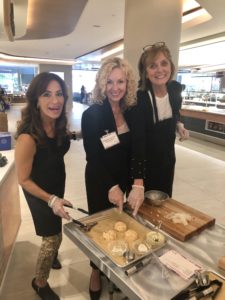
A healthy diet (here’s a photo of a few of us preparing (left) 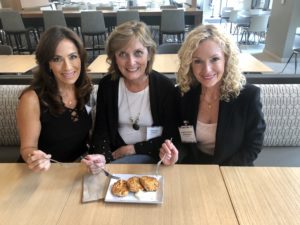
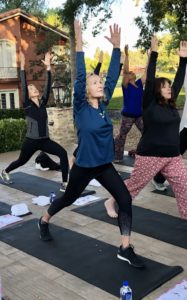
Bone loss is universal but very personal. We all experience it differently, which is why creating your personal ‘Bone Health Plan’ in partnership with your healthcare provider is essential to successful aging.
One of my greatest goals is to stay independent and mobile for the long haul. 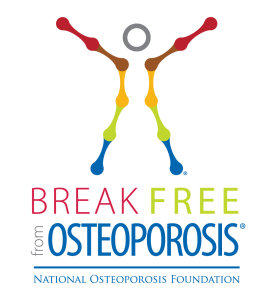
Falling can be a life-changing event, which is why I practice healthy habits to keep my bones strong and dense, and also focus on preventing falls.
To that end, please join me and the incredible women who participated in the Aging Differently Osteoporosis Summit and think about taking your first small step towards a better future by giving a little more thought to your hard-working bones . . . starting now.
More tips and late-breaking news about the impact of menopause our bodies, including our
bones, is delivered each week in our weekly, free newsletter — Menopause Cheat Sheet — which was created in partnership with Dr. Margaret Nachtigall, a leading endocrinologist and founding member of the North American Menopause Society (NAMS). Subscribe and arm yourself with the right information.


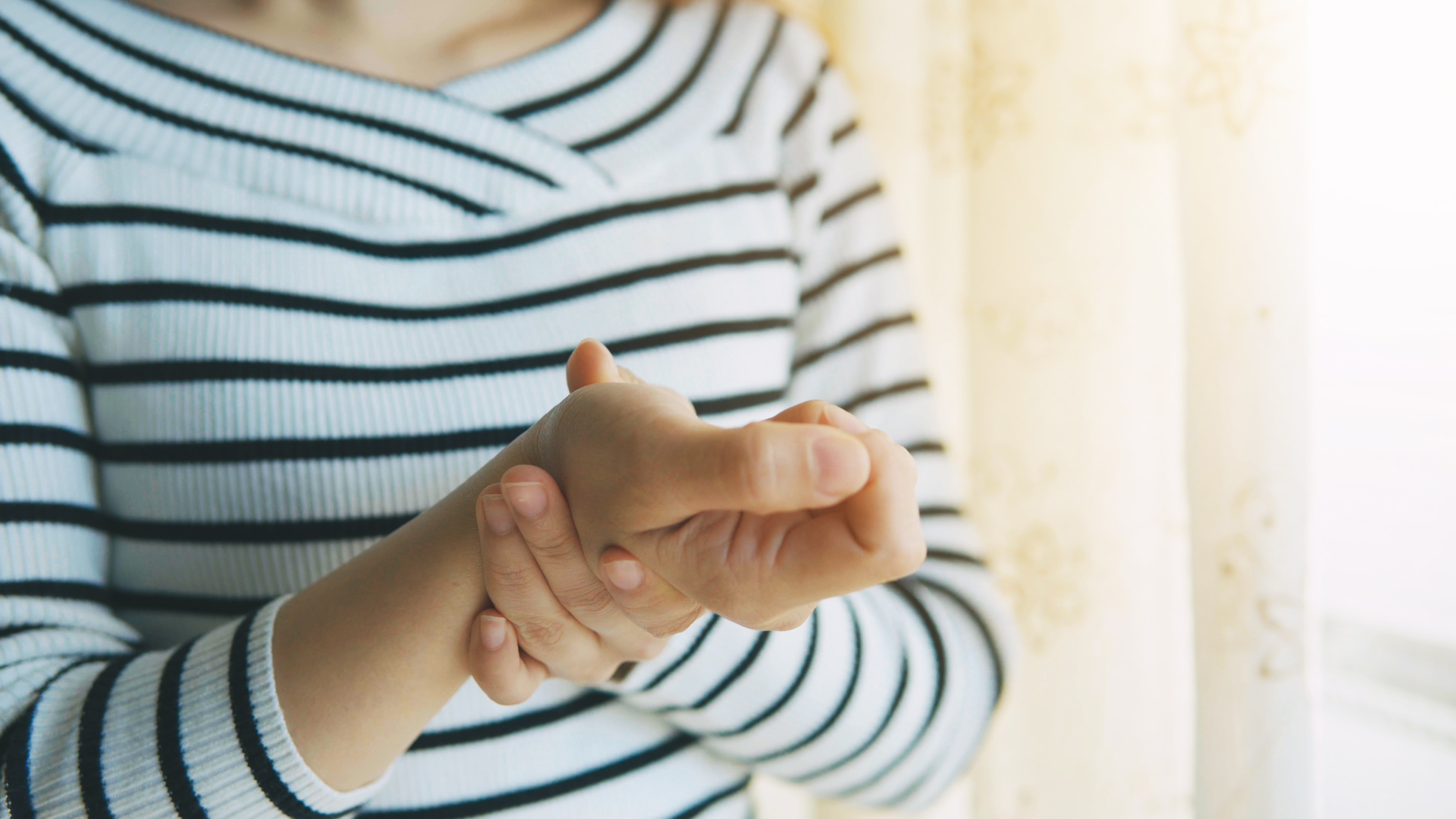
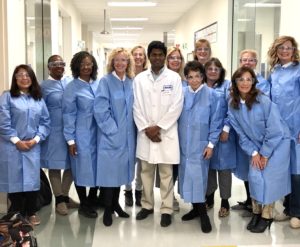
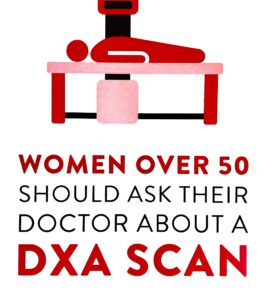
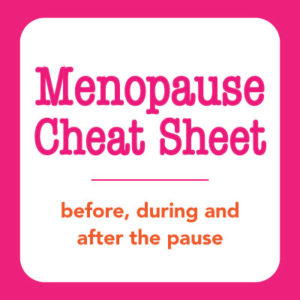 bones, is delivered each week in our weekly, free newsletter —
bones, is delivered each week in our weekly, free newsletter — 
